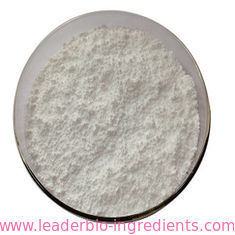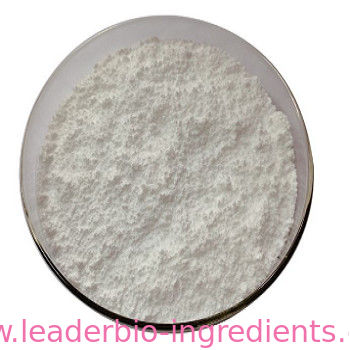| Chemical Properties |
Light yellow powder |
| Chemical Properties |
Ascorbyl palmitate is a practically odorless, white to yellowish powder. |
| Uses |
Ascorbyl Palmitate is an ester formed from ascorbic acid (A786990) and palmitic acid (P144500) creating a fat soluble form of vitamin C. Ascorbyl Palmitate is also used as an antioxidant food additiv e. |
| Uses |
ascorbyl palmitate is used as a preservative and an anti-oxidant in cosmetic creams and lotions to prevent rancidity. Ascorbyl palmitate facilitates the incorporation of ingredients such as vitamins A, C, and D into cosmetic formulations. It has no known toxicity. |
| Uses |
Ascorbyl Palmitate is an antioxidant formed by combining ascor- bic acid with palmitic acid. ascorbic acid is not fat soluble but ascor- byl palmitate is, thus combining them produces a fat-soluble antioxidant. it exists as a white or yellowish white powder of citric- like odor. it is used as a preservative for natural oils, edible oils, col- ors, and other substances. it acts synergistically with alpha-tocopherol in oils/fats. it is used in peanut oil at a maximum level of 200 mg/kg individually or in combination. |
| Definition |
A white or yellowish-white powder having a citrus-like odor. Mp 116–117C; soluble in alcohol and in animal and vegetable oils; slightly soluble in water. |
| Production Methods |
Ascorbyl palmitate is prepared synthetically by the reaction of ascorbic acid with sulfuric acid followed by reesterification with palmitic acid. |
| Pharmaceutical Applications |
Ascorbyl palmitate is primarily used either alone or in combination with alpha tocopherol as a stabilizer for oils in oral pharmaceutical formulations and food products; generally 0.05% w/v is used. It may also be used in oral and topical preparations as an antioxidant for drugs unstable to oxygen. The combination of ascorbyl palmitate with alpha tocopherol shows marked synergism, which increases the effect of the components and allows the amount used to be reduced.
The solubility of ascorbyl palmitate in alcohol permits it to be used in nonaqueous and aqueous systems and emulsions. |
| Safety Profile |
When heated to decomposition it emits acrid smoke and irritating fumes. |
| Safety |
Ascorbyl palmitate is used in oral pharmaceutical formulations and food products, and is generally regarded as an essentially nontoxic and nonirritant material. The WHO has set an estimated acceptable daily intake for ascorbyl palmitate at up to 1.25 mg/kg bodyweight.
LD50 (mouse, oral): 25 g/kg
LD50 (rat, oral): 10 g/kg |
| storage |
Ascorbyl palmitate is stable in the dry state, but is gradually oxidized and becomes discolored when exposed to light and high humidity. In an unopened container, stored in a cool place, it has a shelf life of at least 12 months. During processing, temperatures greater than 658℃ should be avoided.
The bulk material should be stored in an airtight container at 8–158℃, protected from light. |
| Incompatibilities |
Incompatibilities are known with oxidizing agents; e.g. in solution oxidation is catalyzed by trace metal ions such as Cu2+ and Fe3+. |
| Regulatory Status |
GRAS listed. Accepted for use as a food additive in Europe. Included in the FDA Inactive Ingredients Database (oral, rectal, topical preparations). Included in nonparenteral medicines licensed in the UK. |

